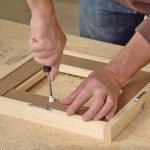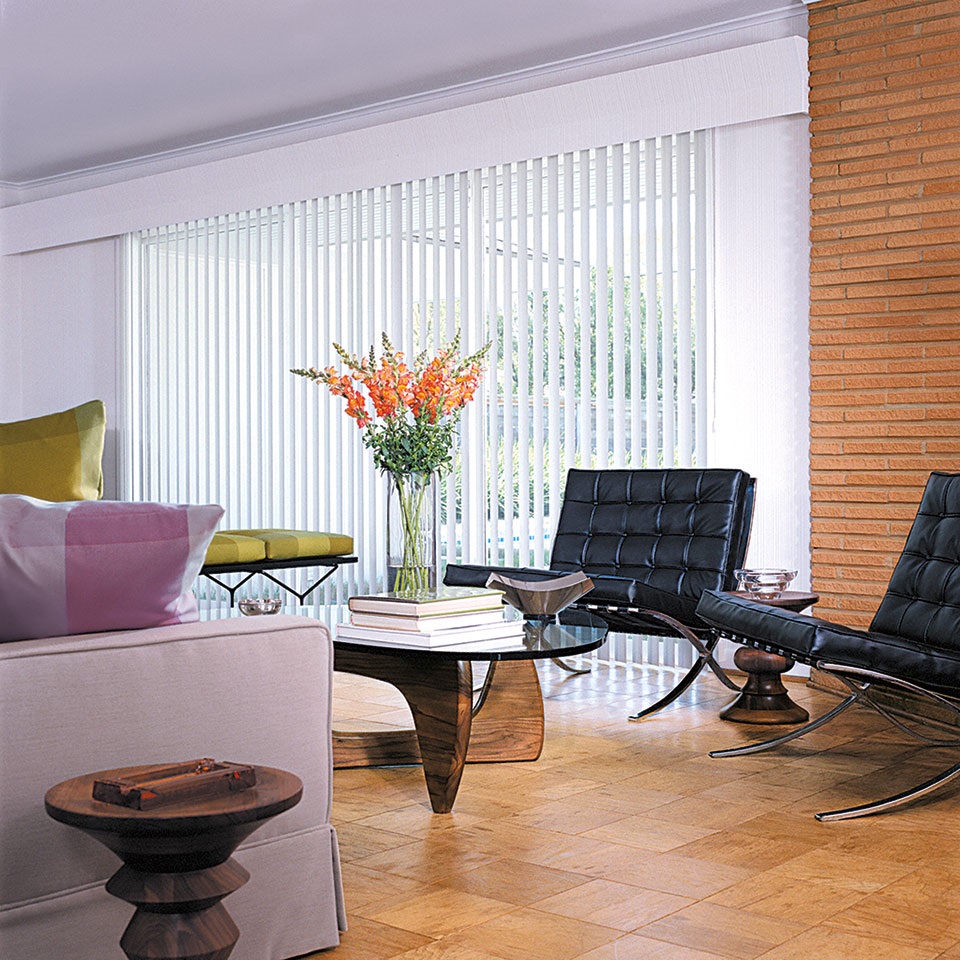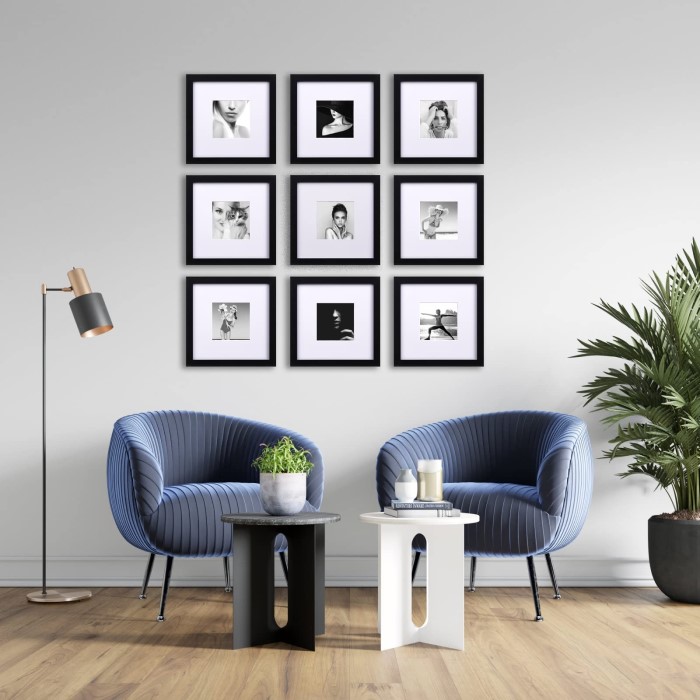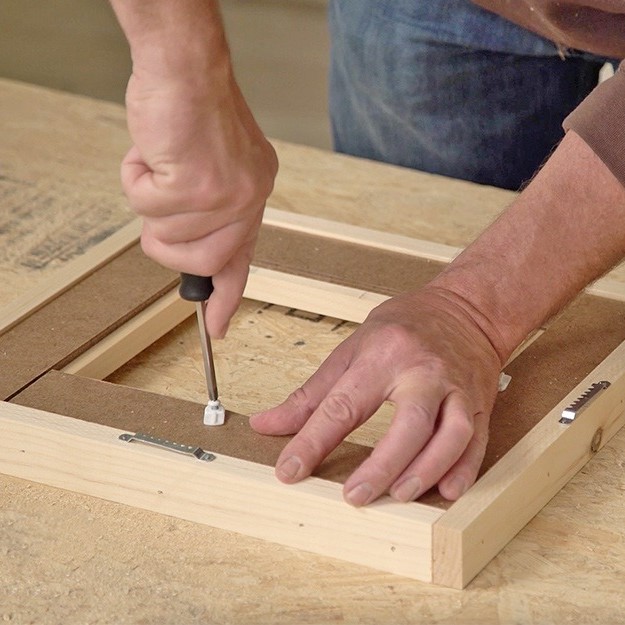When you have a playful and curious dog, keeping your home’s blinds in good shape can be a challenge. Dogs often see blinds as toys or obstacles to explore, which can lead to damaged blinds or even potential safety hazards for your furry friend. Fortunately, there are several strategies and solutions to dog-proof your blinds while ensuring your pet’s safety and maintaining the integrity of your window coverings. This guide will explore various options and practical tips to help you achieve both objectives.
Understanding the Challenges
Why Dogs Damage Blinds
Dogs are naturally curious and energetic, and blinds can be particularly tempting for them. They might paw at them, chew on the cords, or even pull them down as part of their play. This behavior can result in torn blinds, broken mechanisms, or even hazardous situations where the cords could become entangled with the dog.
The materials used in blinds, such as fabric, plastic, and metal, are often not durable enough to withstand a dog’s playful antics. Moreover, the cords or chains used for adjusting the blinds pose additional risks. It’s crucial to address both the physical damage and potential safety hazards to create a more dog-friendly environment.
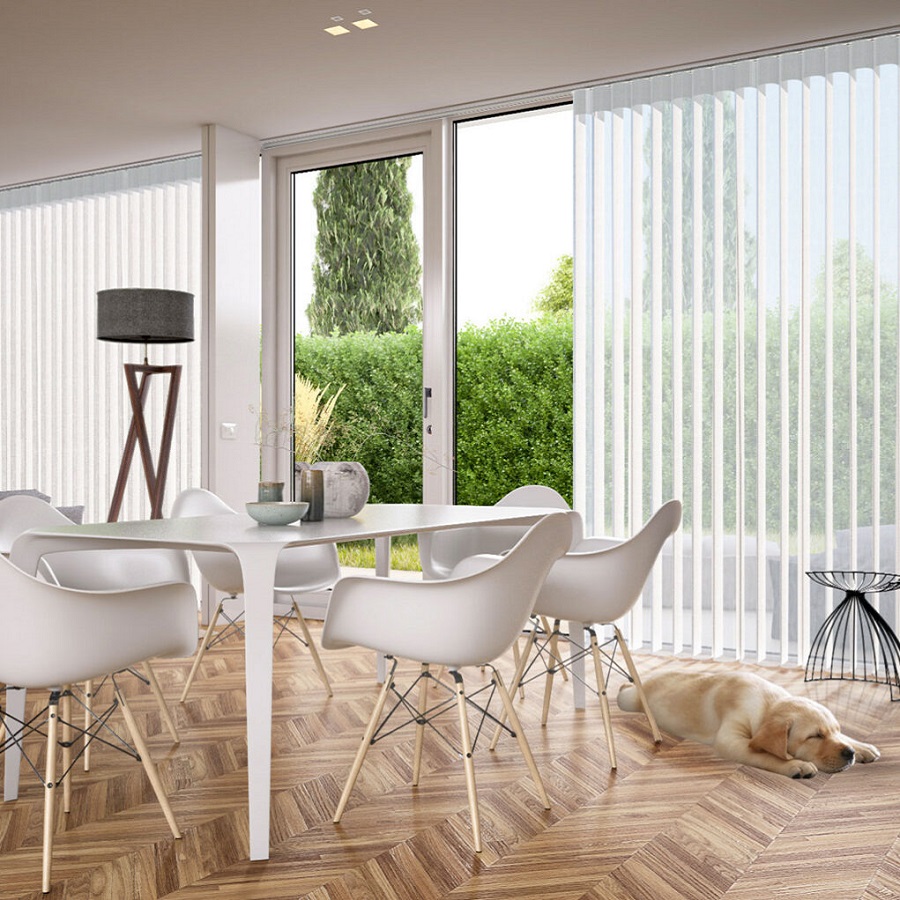
Potential Safety Hazards
Apart from causing physical damage to the blinds, dogs can also face safety risks from blinds. Long cords and chains can pose choking hazards if they become entangled with the dog. Even if a dog doesn’t directly interact with the blinds, they might still manage to pull them down accidentally, leading to falling debris or sharp edges.
By addressing these issues proactively, you can ensure both the longevity of your blinds and the safety of your pet. This involves choosing pet-friendly materials, securing cords, and considering alternative window treatments that are less likely to cause issues.
Choosing Pet-Friendly Blinds
Blinds with Durable Materials
One of the best ways to dog-proof your blinds is to choose window coverings made from durable materials. Opt for blinds made from stronger fabrics or materials like vinyl or aluminum, which are less likely to tear or break under the strain of playful dogs. For example, vertical blinds or cellular shades often have more robust designs that can withstand a dog’s enthusiasm better than traditional horizontal blinds.
Additionally, consider blinds that are designed to be scratch-resistant or have protective coatings. These features can help minimize damage from claws and rough play, extending the lifespan of your window coverings.
Cordless Blinds for Safety
Cordless blinds are an excellent choice for households with pets. Traditional blinds often have long cords that can become entangled with a dog’s paws or teeth, leading to potential safety hazards. Cordless blinds eliminate this risk entirely, as they operate using a mechanism that doesn’t require exposed cords.
There are several types of cordless blinds available, including those with a pull-down feature that uses a spring mechanism or those with a motorized system controlled by a remote. Both options offer safety benefits and can make it easier to manage your blinds without worrying about cords becoming a hazard.
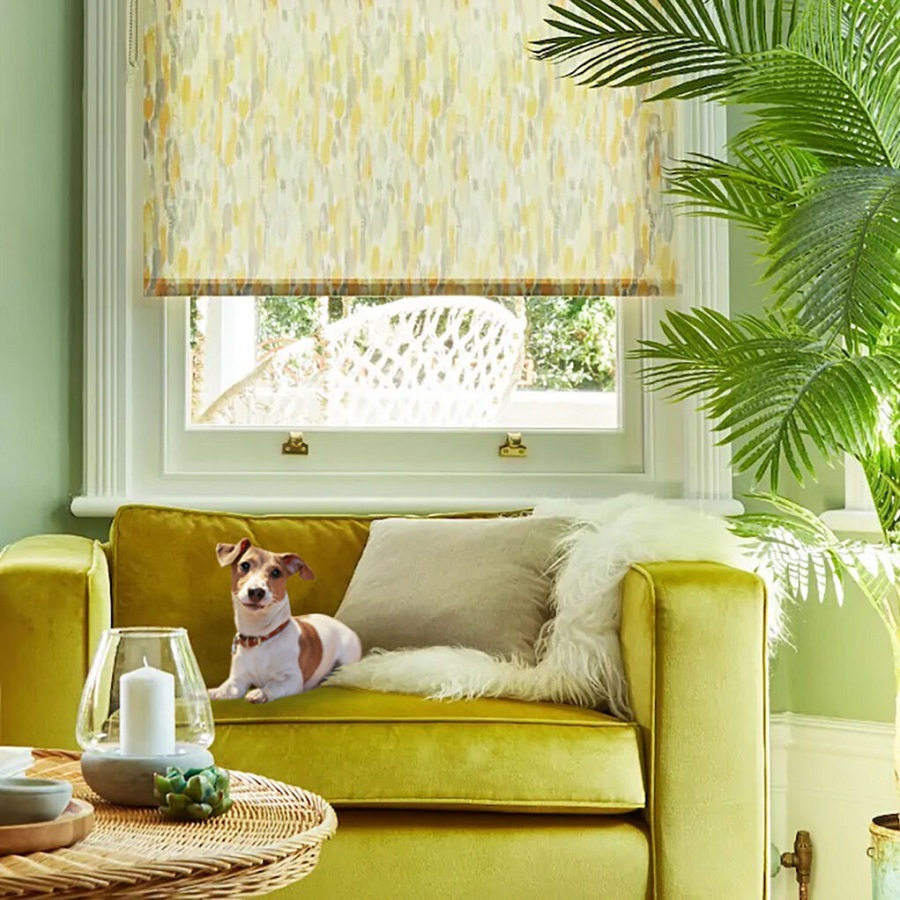
Securing Existing Blinds
Using Cord Cleats
If you prefer to keep your existing blinds but want to improve their safety, cord cleats are a practical solution. Cord cleats are small devices that attach to the wall and hold the cords of your blinds out of reach. They prevent the cords from dangling and potentially becoming entangled with your dog.
To install cord cleats, mount them at a height that is out of your dog’s reach, typically above the level where the dog can jump or stretch. Ensure the cords are wrapped securely around the cleats when the blinds are not in use. This simple addition can significantly reduce the risk of accidental entanglement and improve overall safety.
Reinforcing Blind Mechanisms
For blinds that are frequently used by your dog, consider reinforcing their mechanisms to enhance durability. This might involve tightening any loose screws or parts, checking for and replacing damaged components, or even adding protective covers over vulnerable areas.
If the blinds are particularly worn or damaged, it may be worth investing in new mechanisms or parts designed to be more robust. Reinforcing the existing blinds can prevent further damage and ensure they remain functional and safe for your pet.
Alternative Window Treatments
Using Window Films
Window films offer a unique alternative to traditional blinds and can be a great option for dog-proofing your windows. These films are applied directly to the glass and come in various styles, including frosted, tinted, or decorative patterns. They provide privacy and control light without the need for physical blinds.
Window films are durable and can withstand a dog’s interaction better than conventional blinds. They also eliminate the risk of cords and mechanisms becoming entangled with your pet. Additionally, window films are easy to clean and maintain, making them a practical choice for pet owners.
Roller Shades as a Solution
Roller shades are another alternative that can be more resistant to damage from pets. Unlike blinds with multiple moving parts, roller shades have a simple design with a single piece of fabric that rolls up and down. This design reduces the number of potential weak points where a dog could cause damage.
Modern roller shades often come with a variety of materials and finishes, including options that are pet-friendly and easy to clean. They can be operated with a chainless mechanism or a motorized option, further enhancing safety and convenience.
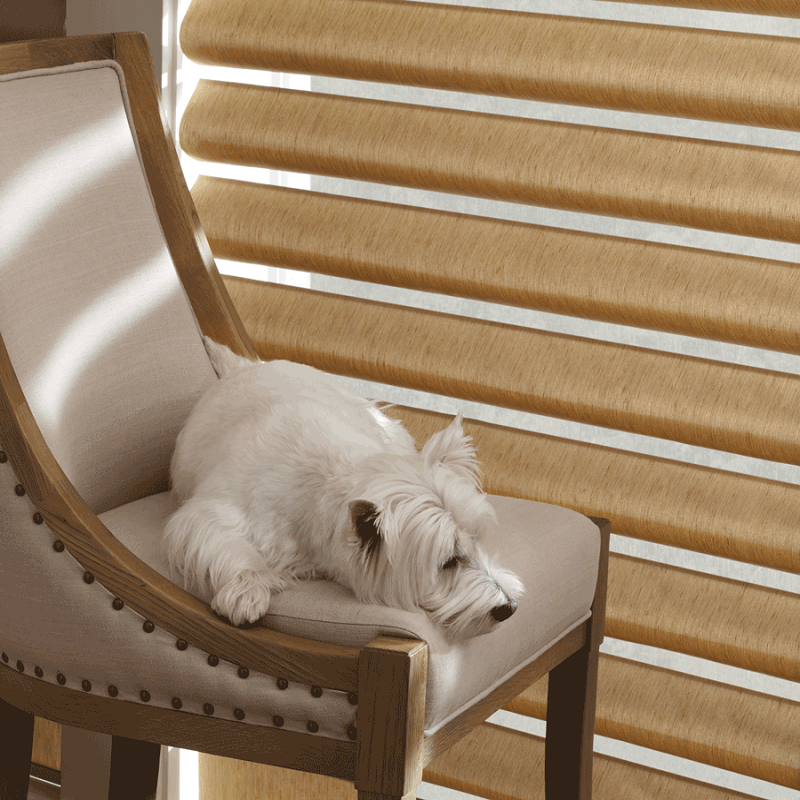
Training Your Dog
Teaching “Leave It” Commands
Training your dog to respect the blinds can significantly reduce the risk of damage. One effective command to teach is “leave it,” which instructs your dog to avoid or stop interacting with a specific object. Practice this command with positive reinforcement, such as treats or praise, to encourage your dog to leave the blinds alone.
Consistency is key when training, so regularly reinforce the command and reward your dog for good behavior. Over time, your dog will learn to associate the blinds with the “leave it” command and will be less likely to cause damage.
Providing Alternative Entertainment
Keeping your dog entertained with appropriate toys and activities can help reduce their interest in the blinds. Provide a variety of toys that stimulate your dog’s mind and body, such as chew toys, puzzle feeders, or interactive play items. Engaging your dog in regular play sessions and exercise can also help channel their energy away from the blinds.
By offering alternative sources of entertainment and ensuring your dog’s physical and mental needs are met, you can reduce their motivation to interact with the blinds and minimize potential damage.
Regular Maintenance and Monitoring
Inspecting for Wear and Tear
Even with the best precautions, it’s important to regularly inspect your blinds for any signs of wear and tear. Check for any damage or loose parts that could be exacerbated by your dog’s activities. Promptly address any issues to prevent further damage and maintain the integrity of your window coverings.
Regular maintenance also involves cleaning your blinds to remove dirt, dust, and pet hair. Follow the manufacturer’s instructions for cleaning and caring for your blinds to ensure they remain in good condition and continue to function effectively.
Monitoring Your Dog’s Behavior
Keep an eye on your dog’s behavior around the blinds and make adjustments as needed. If you notice any signs of persistent interest or play with the blinds, consider additional training or environmental adjustments to address the issue. Monitoring and addressing behavior early can prevent more significant problems and ensure a harmonious environment for both your pet and your blinds.
Conclusion
Dog-proofing your blinds involves a combination of choosing the right materials, securing existing blinds, exploring alternative window treatments, and training your pet. By understanding the challenges, selecting durable and safe options, and implementing proactive measures, you can protect your blinds from damage and ensure your dog remains safe. Regular maintenance and monitoring will further enhance the longevity of your window coverings and contribute to a pet-friendly home environment. With these strategies in place, you can enjoy both functional and safe blinds while accommodating your beloved pet.




